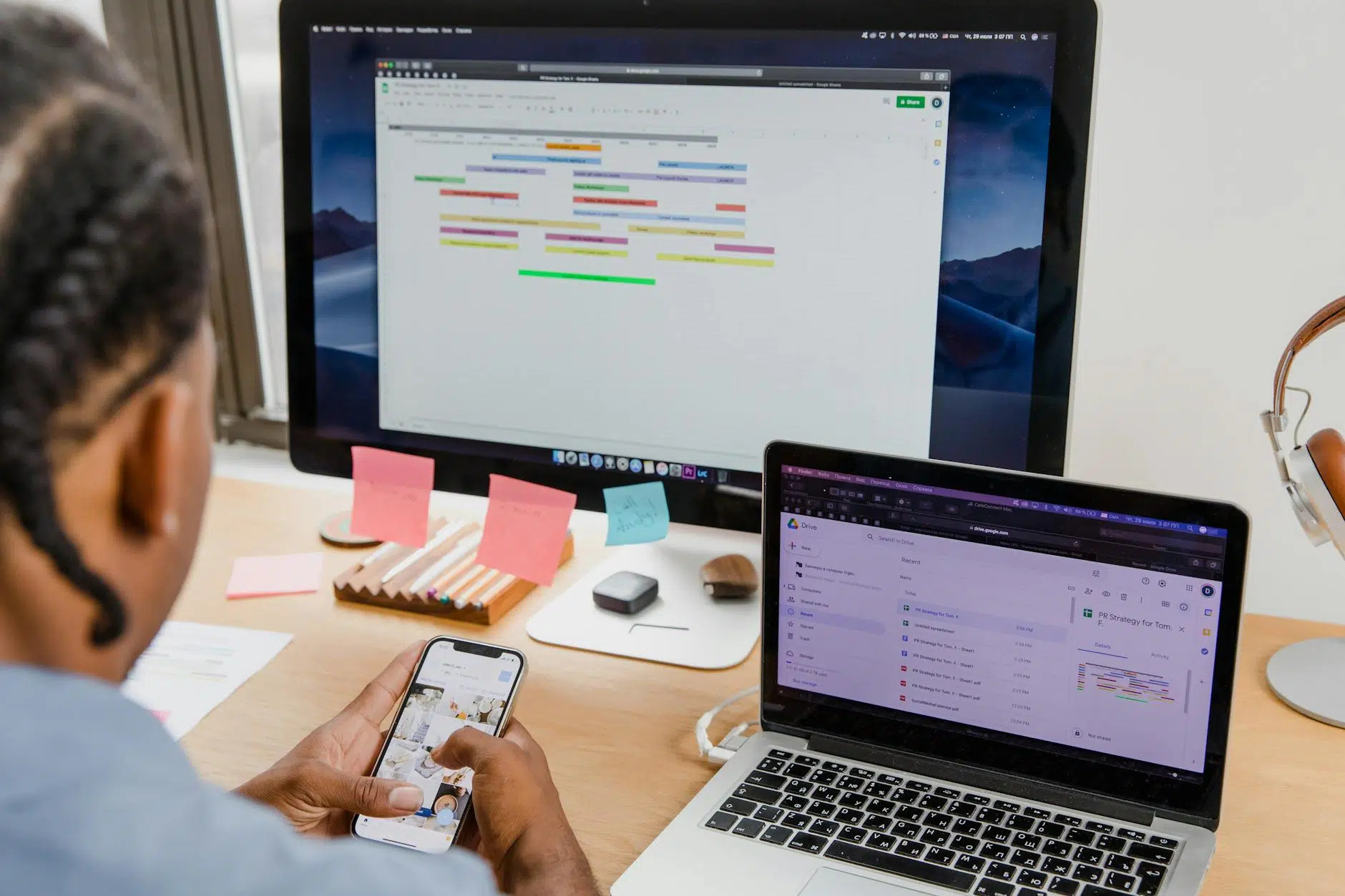
A Gantt Chart is one of the most powerful tools in project management, providing a visual representation of a project’s timeline. It helps project managers track tasks, milestones, and deadlines while also showcasing dependencies between tasks. Let’s explore some practical Gantt chart examples and templates that can make project planning more efficient and effective.
Key Gantt Chart Examples for Project Planning
- Basic Gantt Chart for Small Projects
For smaller projects, a basic Gantt chart template is often sufficient. This type of chart lists all the tasks involved in the project, along with their start and end dates. It shows a clear timeline of when each task will take place and helps ensure that all milestones are met on time. The simplicity of this chart makes it ideal for projects with fewer resources and straightforward timelines.
- Gantt Chart for Complex Projects
Larger projects often require more detailed planning, and a more advanced Gantt chart is necessary. This version includes additional elements such as task dependencies, resource assignments, and overlapping tasks. With a complex Gantt chart, project managers can identify the critical path of the project, track resource allocation, and adjust timelines based on real-time progress. This type of chart is invaluable for projects with multiple teams or intricate tasks.
- Milestone Gantt Chart
Milestone Gantt charts focus on key project milestones rather than the specific tasks needed to complete them. This format is helpful for tracking the major phases of a project, especially when the exact schedule for each task may change. Milestone charts are typically used for high-level project planning and provide a bird’s-eye view of the overall timeline. They help stakeholders see when major deliverables are expected without getting bogged down by the minutiae of daily tasks.
- Resource Gantt Chart
A resource Gantt chart includes not only the tasks and timelines but also resource assignments. This template is helpful for managing both the project timeline and the human or material resources needed for each task. Resource Gantt charts enable project managers to allocate tasks based on team availability and ensure that no resources are over or under-utilized. This approach prevents bottlenecks and allows for smooth project execution.
- Interactive Gantt Chart Template
For teams working in dynamic environments, an interactive Gantt chart is a powerful tool. These templates allow project managers and team members to adjust tasks, timelines, and resources in real-time. Cloud-based project management tools often feature interactive Gantt charts, making it easier to update the chart as the project progresses. This flexibility ensures that the project stays on track and adapts to any changes in scope or timeline.
Final Thoughts
A Gantt chart is an indispensable tool for project planning, helping teams organize tasks, allocate resources, and track progress. By using various templates such as basic charts, milestone charts, or resource-specific Gantt charts, project managers can choose the best format based on the project’s complexity and scope. Incorporating Gantt charts into your project planning process can significantly enhance the clarity, efficiency, and success of your projects.





Leave a Reply